Gum Aesthetics
In smile design, the appearance of the gums is just as important as the whiteness of the teeth. Gum aesthetics, also known as pink aesthetics, is a treatment aimed at correcting irregularities in the gum line to achieve a healthier and more aesthetically pleasing smile. This method not only addresses cosmetic concerns but also helps protect your oral and dental health. At LHC Clinic, we delve into the details of pink aesthetics, when it is necessary, and the treatment methods involved.
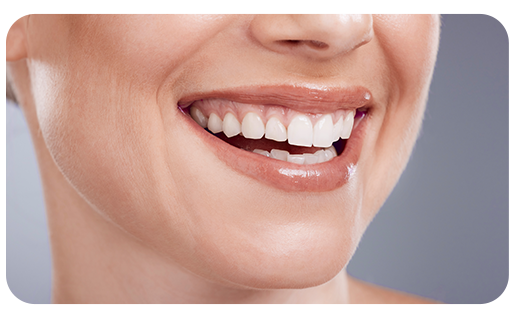
What is Gum Aesthetics and Why is it Important?
✨ Gum Aesthetics for a Healthier, More Beautiful Smile
- Gum aesthetics is a treatment process designed to create healthier, more symmetrical, and natural-looking gum tissue.
- The balance between teeth and gums plays a vital role in achieving a harmonious and attractive smile.
- Gum problems are not just cosmetic—they can significantly affect oral health and lead to issues such as tooth loss.
- Pink aesthetic treatments can successfully correct concerns like gum recession, gummy smile, or asymmetrical gum tissue.
When is Gum Aesthetics Necessary?
🔍 Common Issues Treated with Gum Aesthetic Procedures
- Gummy Smile (Excessive Gum Visibility): Some individuals feel uncomfortable when too much of their gums show while smiling.
- Gum Asymmetry: Uneven or disproportionate gum lines can make teeth appear mismatched in length.
- Gum Recession: Exposed tooth roots may cause sensitivity, aesthetic concerns, and an increased risk of tooth loss.
- Gum Color Issues: Healthy gums are typically light pink. Dark red, purple, or inflamed gums may signal the need for treatment.
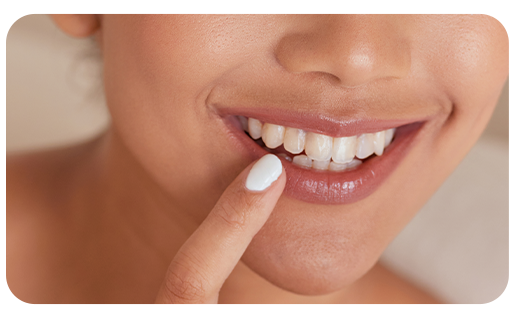
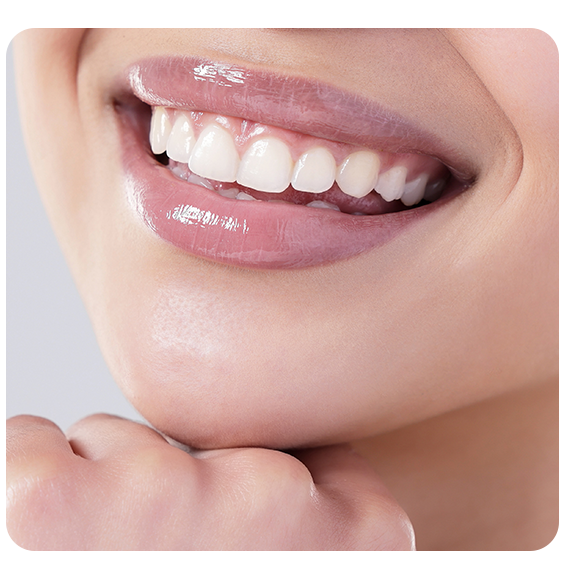
Pink Aesthetic Applications and Treatment Methods
💎 Common Gum Aesthetic Treatments
- Laser Treatment: A minimally invasive technique used to reshape excess gum tissue and remove inflammation.
- ✅ Fast recovery
- ✅ Minimal pain and bleeding
- ✅ Increased patient comfort
- Gingivectomy and Gingivoplasty:
- Gingivectomy: Surgical removal of excess gum tissue, commonly for gummy smile treatment.
- Gingivoplasty: Reshaping the gum line to enhance symmetry and aesthetics.
- Gum Grafting: In cases of gum recession, healthy tissue is transplanted to restore the area.
- ✔ Protects tooth roots and reduces sensitivity
- ✔ Provides a healthier and more natural appearance
- Oral Pigmentation Treatment: Laser or surgical removal of dark spots on the gums for a lighter pink appearance.
- Botox for Gummy Smile Treatment: Botox is used to control upper lip movement during smiling.
- ✔ No surgical intervention required
- ✔ Lasts 4–6 months and can be repeated
Advantages of Gum Aesthetics
🌟 Benefits of Gum Aesthetic Treatments
- Provides a more attractive and confident smile
- Prevents gum diseases and improves oral hygiene
- Protects tooth roots and reduces the risk of tooth loss
- Quick recovery allows for a return to daily activities
- Completes the smile design as an essential aesthetic procedure

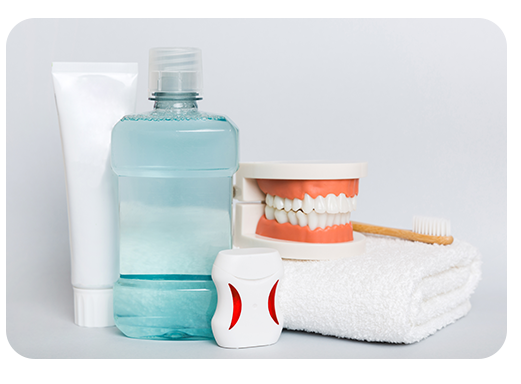
Post-Treatment Care for Pink Aesthetics
🛡️ Post-Treatment Care After Gum Aesthetic Procedures
- Tooth Brushing: Use a soft-bristled toothbrush to gently brush your teeth during the first few days.
- Oral Hygiene: Maintain oral hygiene using dental floss and antiseptic mouthwash.
- Avoid Smoking and Alcohol: Avoid smoking and alcohol during the healing process.
- Diet: In the first days, avoid hot or spicy foods and opt for soft foods.
- Regular Checkups: Visit your dentist regularly after treatment to monitor your progress.
Conclusion Gum aesthetics
🌸 Achieve the Smile You Deserve with Gum Aesthetics
Gum aesthetics (pink aesthetics) is one of the most effective solutions offered by modern dentistry for achieving a healthy and aesthetic smile. Thanks to advancements in technology, these procedures are now quicker, less painful, and more comfortable.
If you're not satisfied with the appearance of your gums, consult with a dentist to determine the best pink aesthetic method for you.
At LHC Clinic, our expert team offers the best solutions for a healthy and aesthetically pleasing smile. Remember, healthy gums not only provide an attractive appearance but also play a critical role in your overall oral health.
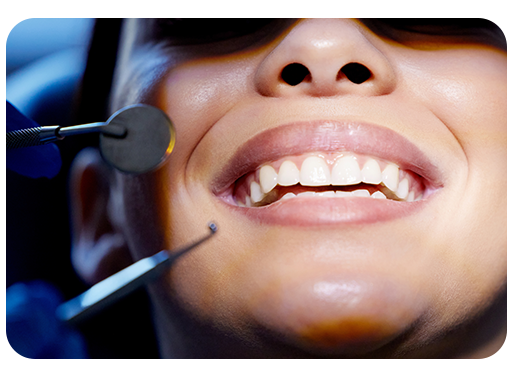
Sıkça Sorulan Sorular
Early gum disease (gingivitis) is often painless but presents signs such as:
• Red, swollen, or tender gums
• Bleeding when brushing or flossing
• Chronic bad breath
• Receding gums or tooth sensitivityRecognizing these early warnings can prevent progression to more serious conditions like
periodontitis, which may lead to tooth loss.
Numbness from local anesthesia typically fades within 2 to 4 hours after the procedure.
Factors affecting this include:
• The type of anesthetic used• The area treated
• Individual body response
Tip:
Avoid chewing or drinking hot liquids until sensation fully returns to prevent accidental
injury.
Diastema is the space between two teeth, commonly affecting the upper front teeth.
Treatment options include:
• Composite bonding for quick aesthetic correction
• Porcelain laminates for larger gaps
The best approach depends on the size of the gap, aesthetic goals, and oral health status.
Bone grafting restores bone in areas where it's lost due to tooth extraction, gum disease, or
trauma.Types of bone grafts include:
• Synthetic materials
• Donor or patient’s own bone (autograft)
Bone grafting supports future dental implant placement or maintains facial structure.
Why Are Color, Shape, and Symmetry Harmony Important in Dental Aesthetics? In smile design, achieving harmony in color, shape, and symmetry is key to creating a natural, balanced appearance. Discrepancies can make even healthy teeth look unattractive. Factors considered: • Matching the veneers or crowns to the natural tooth color and shape • Ensuring proportionate tooth sizes relative to facial features • Aligning teeth for overall symmetry This careful planning ensures the smile enhances the patient’s overall facial aesthetics.
